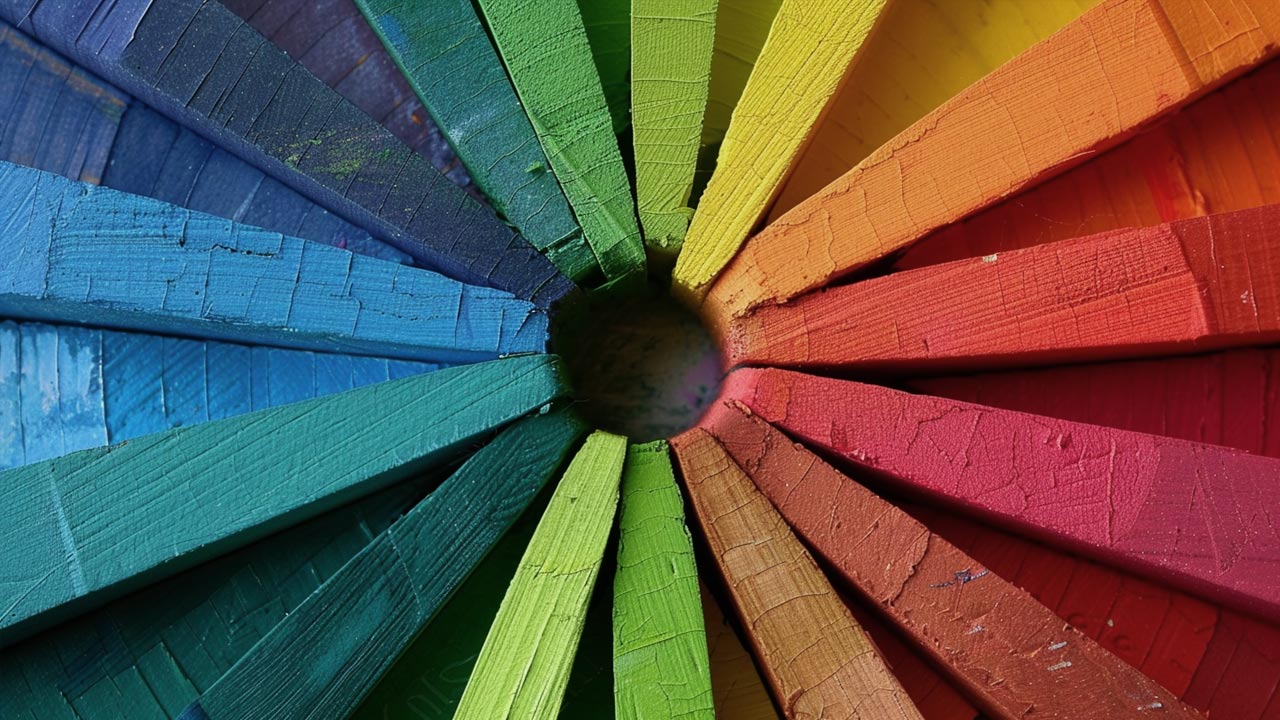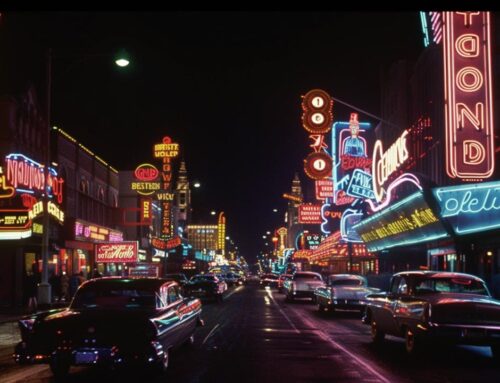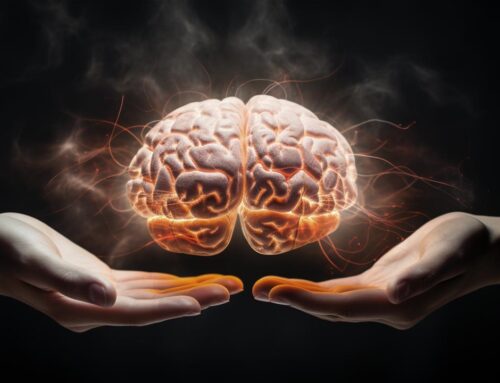Using Color to Induce Emotion
Introduction
Color Emotion, colors have an incredible power over our emotions and perceptions. They can influence our mood, thoughts, and even behaviors without us even realizing it. The use of color in marketing, design, and art isn’t just about making things look appealing; it’s about strategically eliciting specific emotional responses from the audience. In this article, you’ll dive deep into the fascinating world of color psychology and learn how different hues can evoke a wide range of emotions, from happiness and calm to excitement and even anxiety. We’ll explore the science behind color perception, the cultural significance of colors, and practical applications for using color to create the desired emotional impact in various industries.
Table of Contents
- The Science of Color Perception
- Cultural Significance of Colors
- How Colors Influence Emotions
- Practical Applications of Color Psychology
- Color Emotion Case Studies
- Top 5 Frequently Asked Questions
- Final Thoughts
- Sources
The Science of Color Perception
Understanding how we perceive color is the first step to harnessing its power. The human eye can distinguish millions of colors, thanks to the cone cells in our retinas that respond to different wavelengths of light. This biological response is further interpreted by our brains, which is where the magic happens. Research has shown that certain colors can trigger specific reactions in our nervous system, influencing our heart rate, hormone levels, and overall mood.
Cultural Significance of Colors
Western Culture
In Western cultures, colors often carry specific meanings that can impact how messages are received. For instance, red is typically associated with passion, love, and urgency, while blue conveys trust, calmness, and professionalism. These associations can vary significantly across different regions and contexts, highlighting the importance of understanding your audience’s cultural background.
Eastern Culture
Eastern cultures have their own unique interpretations of colors. In many Asian countries, red symbolizes good luck and prosperity, while white can represent mourning and death. These cultural nuances must be considered, especially in global marketing campaigns, to ensure the intended emotional response is achieved.
How Colors Influence Emotions
Warm Colors
Warm colors like red, orange, and yellow are known to evoke feelings of warmth, energy, and excitement. They can increase appetite and stimulate the senses, making them popular choices for restaurants and entertainment venues. However, they can also trigger feelings of anger or caution if used excessively.
Cool Colors
Cool colors such as blue, green, and purple tend to have a calming and soothing effect. They are often used in environments where relaxation is desired, such as spas and healthcare facilities. Blue, in particular, has been shown to lower blood pressure and heart rate, promoting a sense of tranquility.
Neutral Colors
Neutral colors like black, white, gray, and brown can provide balance and act as a backdrop for other colors. They are versatile and can evoke a range of emotions depending on their use and combination with other hues. White often symbolizes purity and simplicity, while black can convey sophistication or mourning.
Practical Applications of Color Emotion Psychology
Marketing and Advertising
In marketing, the strategic use of color can make or break a campaign. For example, brands like Coca-Cola use red to evoke excitement and passion, while Facebook’s blue color scheme fosters trust and community. Studies have shown that color can improve brand recognition by up to 80% and influence purchasing decisions.
Interior Design
Interior designers use color to create specific atmospheres within a space. A room painted in soft blues and greens can promote relaxation, making it ideal for bedrooms or living areas. On the other hand, bright, bold colors can energize a space, making them suitable for kitchens or playrooms.
Web and Graphic Design
In web and graphic design, color plays a crucial role in user experience. The right color palette can enhance readability, draw attention to key elements, and create an overall aesthetic that aligns with the brand’s identity. A well-chosen color scheme can significantly impact user engagement and satisfaction.
Color Emotion Case Studies
Successful Marketing Campaigns
One notable example is the rebranding of Tropicana in 2009. The company changed its iconic packaging design, leading to a significant drop in sales. The new design lacked the vibrant orange color that customers associated with the brand’s freshness and quality. This case underscores the importance of color in brand identity and consumer perception.
Innovative Design Projects
The Seattle Children’s Hospital redesigned its facilities using color psychology principles. They incorporated bright, cheerful colors in patient rooms and play areas to create a more welcoming and less intimidating environment. This approach not only improved patient morale but also contributed to faster recovery times.
Top 5 Frequently Asked Questions
Final Thoughts
The most important takeaway from this article is that color is a powerful tool that can significantly influence emotions and behavior. Whether you’re a marketer, designer, or simply someone interested in the psychological effects of color, understanding how to use color effectively can help you create more impactful and emotionally resonant experiences. By considering both the scientific and cultural aspects of color, you can tailor your approach to elicit the desired response from your audience, ultimately achieving your goals more effectively.
Sources
- Color Psychology: The Emotional Effects of Colors
- How Colors Affect Marketing
- The Science Behind Colors









Leave A Comment